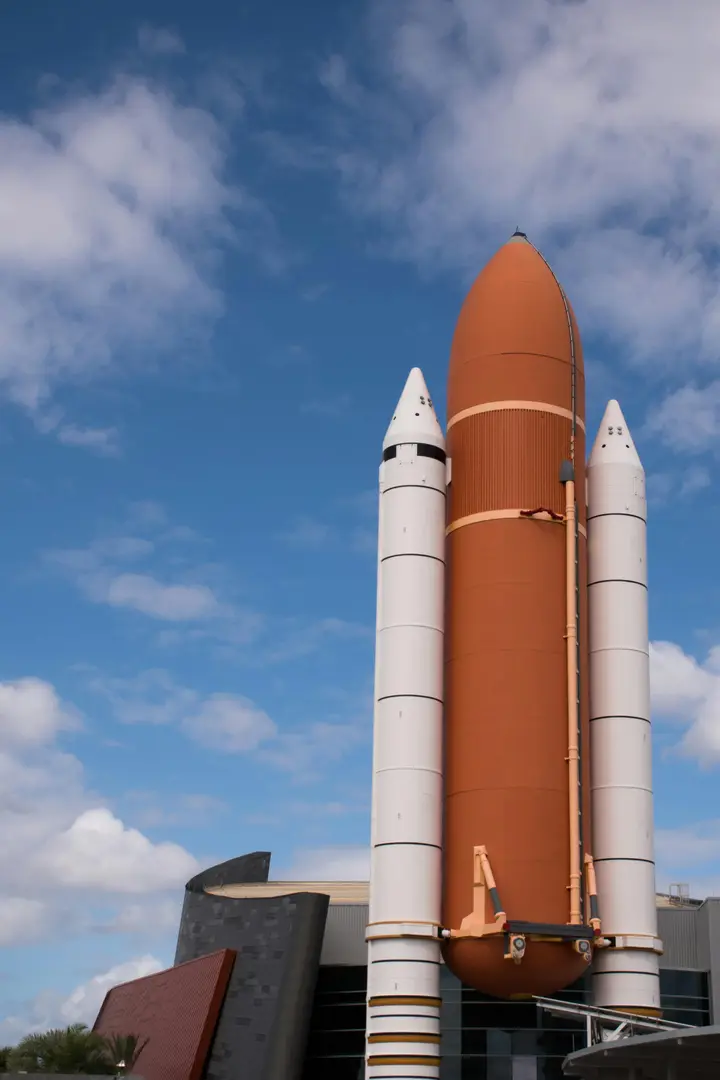For decades, the United States has been regarded as a global leader in science and technology, driving innovation and advancements that have shaped industries, economies, and societies. From Silicon Valley to cutting-edge research institutions, U.S. dominance in this domain has been foundational to its geopolitical and economic power. However, the 21st century has seen remarkable progress in science and technology across Asia, particularly in countries like China, Japan, South Korea, and India, challenging the longstanding supremacy of the United States.
Asia’s Rapid Rise in Science and Technology
The rise of science and technology leadership in Asia can be attributed to strategic investments, governmental policies, and a strong focus on education and research. Countries like China and South Korea have aggressively pursued innovation-driven economies, recognizing the transformative potential of technology in shaping their futures.
China: A Powerhouse in Innovation
China’s technological ascent has been perhaps the most striking. Over the past two decades, China has emerged as a global leader in fields such as artificial intelligence (AI), 5G telecommunications, renewable energy, and advanced manufacturing. Companies like Huawei, Baidu, and Tencent showcase the country’s prowess in tech innovation, while the government’s “Made in China 2025” initiative underscores its ambitions to dominate high-tech industries.
In addition to corporate innovation, China has made significant strides in research and development (R&D). The country now invests more in R&D than any other nation except the United States. Chinese universities and research institutions are producing groundbreaking work in fields like quantum computing and biotechnology, bolstered by state funding and international collaborations.
South Korea: Excellence in Electronics
South Korea has long been a leader in electronics, with companies like Samsung and LG driving advancements in semiconductors, display technologies, and consumer electronics. The country’s commitment to fostering innovation is evident in its heavy investments in R&D and its robust educational system, which emphasizes STEM (science, technology, engineering, and mathematics) education.
India: The Rise of Tech Talent
India has gained recognition as a global hub for information technology (IT) services and software development. With companies like Infosys, Tata Consultancy Services, and Wipro, India’s IT sector plays a crucial role in shaping global technology landscapes. Additionally, the country has established itself as a leader in space exploration, with the Indian Space Research Organisation (ISRO) earning international acclaim for its cost-effective missions.
Challenges to U.S. Leadership
The rapid progress in science and technology across Asia poses significant challenges to U.S. leadership. These challenges manifest in several key areas:
1. R&D Investment Gap
While the United States remains a leader in R&D investment, Asian nations are closing the gap. China’s escalating R&D spending is particularly noteworthy, with a focus on areas like AI, robotics, and green technologies. This shift threatens the competitive advantage traditionally held by the U.S.
2. Talent Competition
Asian countries are cultivating world-class talent, often rivaling the U.S. in educational output in STEM fields. Universities in China, South Korea, and India are producing highly skilled professionals, many of whom are staying in their home countries rather than emigrating to the U.S. This trend challenges America’s ability to attract and retain top talent.
3. Trade and Policy Dynamics
Geopolitical tensions and trade disputes between the U.S. and China have added complexity to technological competition. Restrictions on trade and collaboration, such as export bans and intellectual property disputes, could hinder innovation and limit the exchange of ideas.
4. Technological Adoption
Asia’s enthusiastic adoption of emerging technologies, such as 5G networks and renewable energy solutions, contrasts with slower implementation in the U.S. This gap in adoption rates can impact competitiveness in global markets.
Opportunities for Collaboration
While competition between the U.S. and Asia in science and technology is intensifying, there are also opportunities for collaboration. Joint research initiatives, cross-border partnerships, and knowledge sharing can lead to breakthroughs that benefit humanity as a whole.
For example, collaborations between U.S. and Chinese researchers in fields like climate science and public health have yielded valuable insights. Similarly, partnerships between American and Indian tech companies have fostered innovation in software development and IT services.
The Path Forward for the United States
To maintain its leadership in science and technology, the United States must adopt proactive strategies that address emerging challenges. These strategies include:
- Increasing R&D Funding: Sustained investment in R&D is crucial for fostering innovation and maintaining competitiveness in key industries.
- Strengthening Education: Emphasizing STEM education and creating opportunities for lifelong learning will help cultivate a skilled workforce.
- Promoting Inclusivity: Encouraging diversity in science and technology fields can drive creativity and innovation.
- Fostering International Partnerships: Building alliances with like-minded nations and collaborating on global challenges can enhance the U.S.’s position as a leader in science and technology.
Conclusion
The growing science and technology leadership in Asia is a testament to the transformative power of innovation and investment. While this rise presents challenges to U.S. dominance, it also highlights the potential for global collaboration and shared progress.
As the United States navigates this shifting landscape, its ability to adapt and embrace change will determine its future role in the world of science and technology. By investing in education, research, and international cooperation, America can continue to lead, inspire, and innovate in an increasingly interconnected and competitive world.
by Science Daily







